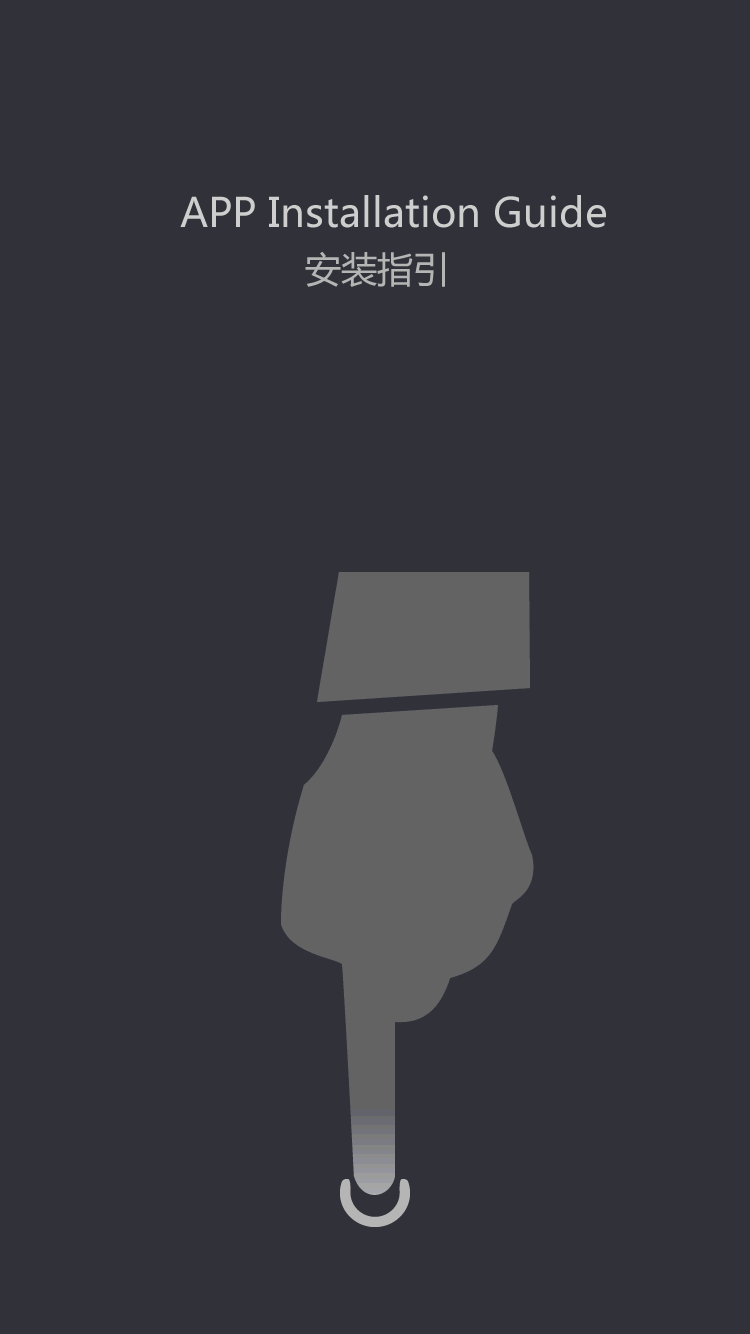Fiber Optic Repair
Most OSP singlemode fiber is fusion spliced for low loss, low reflectance and reliability. Multimode fiber, particularly OM2, three and four, can be simply fusion spliced, but when just a few splices are needed, mechanical splicing might present enough efficiency and reliability.
A simple solution is what is usually known as 'Dig Once,' a process the place the cable plant installer who digs up rights-of-means installs extra conduits or ducts for future cable plant set up. And as quickly as attainable, you have to visit the positioning or route the place the network shall be installed. Often cities or other governments will know of accessible conduits or guidelines on utilizing utility poles that can save design effort and time. Premises and campus installations can be less complicated for the reason that physical area involved is smaller and the options fewer. Start with a great set of architectural drawings and, if potential, contact the architect, contractor and/or constructing supervisor.
Each splice tray should securely maintain the splice and have a cover to protect the fibers when stacked in the closure. Splicing and termination are the ultimate category of elements to be chosen.
Premises cables require related particulars inside a constructing to ensure that the cable to be positioned anywhere within the path. Fusion splicing of singlemode fiber will typically have lower loss than zero.15 dB. Splice trays typically maintain twelve single fiber fusion splices but might maintain fewer ribbon or mechanical splices.
The risk isn't just interrupting communications, but the life-threatening danger of digging up high voltage or fuel traces. Some obstacles may be discovered throughout website visits, where signs like these are visible. Governments and different organizations that control rights-of-way face a difficult drawback within the Internet age - the continuous digging up of their properties for cable plant set up. It's not unusual for roads to be dug up multiple times for various cable plant house owners and operators.
Sometimes the hardware will need to be appropriate with local zoning, for example in subdivisions or enterprise parks. The time consumed in selecting this hardware can be lengthy, but is very important for the long term reliability of the cable plant. Direct burial is mostly restricted to areas where the ground is mostly soil with few rocks all the way down to the depth required so trenching or plowing in cable is definitely achieved. Splices on direct buried cables may be saved above floor in a pedestal or buried underground. Sufficient extra cable is required to permit splicing in a controlled surroundings, often a splicing trailer, and the storage of extra cable must be thought-about.
Like cable sorts, cable plant hardware sorts are fairly numerous and must be chosen to match the application type and cable types being used. With so many decisions in hardware, working with cable producers is essentially the most expeditious method to selected hardware and guarantee compatibility. Besides cable compatibility, the hardware have to be acceptable for the location, which can be outside, hung on poles, buried, underwater, inside pedestals, vaults or buildings, etc.


































![[Dry Goods] how to avoid electrode rod after fusion black?](https://img5811.weyesimg.com/uploads/tumtecchina.com/images/15840915146146.jpg?imageView2/2/w/1920/q/100/format/webp)







































